Unexpected change for my Hydroban shower
cataan
9 years ago
Featured Answer
Sort by:Oldest
Comments (68)
MongoCT
9 years agoMint tile Minneapolis
9 years agolast modified: 9 years agoRelated Discussions
Calling all tiling experts: Hydroban or HPG?
Comments (27)You will get aprox 50 Square per gallon of Hydro ban if you apply it over Green EBoard or cement Board on the rough side. You will get closer to 60 Square feet of coverage over the smooth side of Green EBoard. Can you measure out the exact square footage and what you plan for a shower base and the walls. The Kerdi Drain is an excellent product but a bit on the pricey side at $130.00 Nobel makes a sweet little adapater piece for a regular drain $12.00 that can give you a liquid tie in point. Contact Laticrete for approval - I spoke just two days back to Eric at Nobel head office and he told me about this greta Nobel product. I have some of those en route as well. Eric is a great guy - email him and he can tell you all about it. I wish he chimed in here from time to time... Eric? Where are you? sales@noblecompany.com JW Here is a link that might be useful: Nobel products for your bathroom renovation...See MoreUnexpected Toilet Move
Comments (3)Yes. That's the kind of thing I mean. I think it passed that several months ago. After the last few days of confusion and the finishing details that aren't coming together because of bad decisions made months ago, I felt like I didn't trust anything anymore. But if it passed that inspection, it's probably good to go (so to speak)? Thanks for your reply....See MoreCombining kerdi and hydroban for shower
Comments (16)The detail you're trying to achieve is the same as using a topical membrane for a tub surround. Hopefully this drawing will post, it's from a thread several years ago. Although this drawing was to depict Kerdi, it's pretty much the same for a topical liquid membrane like HB. For joints, Laticrete specifies using fabric to bridge certain seams. You can use Laticrete fabric or anti-fracture membrane to bridge the gap from the cement board to the base flange, applying HB as needed. It's the same idea that you originally had using Kerdi to bridge the gap. I fully understand Laticrete, or Schluter, or Nobel, or whomever, saying they don't make a product for this application. They do. The products will work. They simply can't acknowledge every possible variation in an installation. With all that written, look at the drawing again. If the wall tile is standard sized tile, a good portion of the tile will be bonded to the membrane that is directly backed by cement board. An inch or so of tile will be bonded to the fabric/membrane that is floating over the cement board-to-flange gap and down over the flange. That's fine. Where you can sort of run in to trouble is if you're using a small mosaic tile on the walls and you want the mosaic to extend down over the flange. In an installation like that, you could have issues with the bottom course or two of mosaic, as they'd only be bonded to the fabric that's bridging the gap. In a case like that, I'd shift gears for a slightly different approach. That's the reluctance of any manufacturer to say their product will work. Their product can work. But there are so many variables in installations that for sure someone will bugger it up and bad mouth the product used in the failed installation, even though responsibility for failure lays with the installer rather than the product....See Moremake my own waterproof foam backer board for shower walls? am i nuts?
Comments (19)I'll add this then: Durock? It's an approved substrate for any of the surface applied membranes. Sure it generates dust when cut with a power saw or angle grinder. But if you score and snap with a blade? It's pretty clean. It is heavy when compared to foam...but you'll be installing a half-dozen sheets max. Foam board? Sure, it's even lighter in weight. Here's all I recommend. Find the foam you want to use. Choose a membrane, example, Hydroban sheet membrane. Then call Laticrete's tech department and ask what thinset/adhesive they recommend for adhering their membrane to the EPS/XPS/foam of your choice. If you get a solid answer, by all means move onward with the project! If not, repeat for each foam/membrane/adhesive combo you can think of. Honestly, and again...I'm a guy who thoroughly appreciates the DIYer mentality...I built my own houses, boats, kayaks, canoes, airplane, swimming pool, I've drilled my own wells for water, I've done a couple of frame off car resto's...all solo. Trust me, I embrace the DIYer mentality. But showers? Here, on this forum, I do worry about compromised showers. Because houses are the most valuable investment most people on these forums will ever make, and water damage from a shower can just muck things up in tremendous fashion. Plus, it's near impossible to properly repair a shower short of tearing it out and rebuilding it. If your primary concern is weight and dust? Then I'll wave the bugger flag. And I'm waving it in an attempt to help you out. Just buy USG foam board and be done with it. Hydroban sheet is maybe $1.25 a foot? Kerdi about $2. Foam board? Maybe .40 cents. Adhesive? Who knows. Best case, you're saving yourself $1 a sqft by trying to make your own versus buying USG's product. For a shower of your size, that's maybe $75 you're saving. On an expenditure of how much for the entire shower? It's a fairly small percentage. Again...I THOROUGHLY embrace the DIY spirit. But with you being motivated by weight and dust? I'd spend the extra $75 to get the USG foam board. Lightweight. No dust. And you KNOW it's going to work. Plus you'll avoid the pain of having to lug a heavy and dusty bag of thinset home and the pain of trying to thinset or adhere the membrane of your choice to the foam of your choice with the adhesive of your choice on your own. Just my opinion. Worth the price paid. Good luck!! Seriously. Whichever way to proceed, I'd love to hear how things turn out....See MoreMongoCT
9 years agolast modified: 9 years agocataan
9 years agoMongoCT
9 years agolast modified: 9 years agocataan
9 years agoMongoCT
9 years agoCreative Ceramic & Marble/ Bill Vincent
9 years agolast modified: 9 years agoCreative Ceramic & Marble/ Bill Vincent
9 years agoMongoCT
9 years agoMongoCT
9 years agoMint tile Minneapolis
9 years agolast modified: 9 years agoMongoCT
9 years agolast modified: 9 years agoMint tile Minneapolis
9 years agolast modified: 9 years agocataan
9 years agoUser
9 years agoMint tile Minneapolis
9 years agoMongoCT
9 years agolast modified: 9 years agoCreative Ceramic & Marble/ Bill Vincent
9 years agoMint tile Minneapolis
9 years agolast modified: 9 years agoCreative Ceramic & Marble/ Bill Vincent
9 years agocataan
9 years agoCreative Ceramic & Marble/ Bill Vincent
9 years agoUser
9 years agocataan
9 years agoCreative Ceramic & Marble/ Bill Vincent
9 years agoBy Any Design Ltd.
9 years agocataan
9 years agoBy Any Design Ltd.
9 years agoUser
9 years agocataan
9 years agoMongoCT
9 years agolast modified: 9 years agocataan
9 years agoUser
9 years agoMongoCT
9 years agoBy Any Design Ltd.
9 years agolast modified: 9 years agoMint tile Minneapolis
9 years agocataan
9 years agoMongoCT
9 years agolast modified: 9 years agoUser
9 years agocataan
9 years agoMongoCT
9 years agocataan
9 years agoMongoCT
9 years agocataan
9 years agoBy Any Design Ltd.
9 years agolast modified: 9 years agocataan
9 years agoBy Any Design Ltd.
9 years agoswsl
8 years agoUser
8 years ago
Related Stories
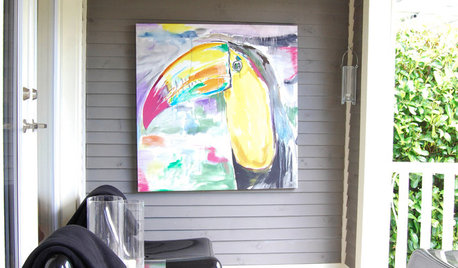
DECORATING GUIDES7 Unexpectedly Intriguing Places for Art
Elicit surprise and delight by displaying art in spaces where someone might least expect it
Full Story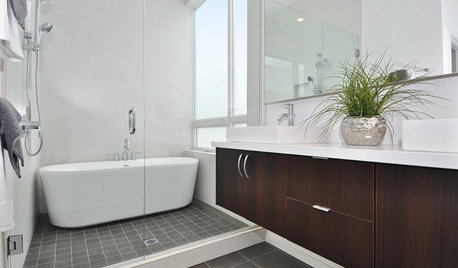
BATHROOM DESIGNWhy You Might Want to Put Your Tub in the Shower
Save space, cleanup time and maybe even a little money with a shower-bathtub combo. These examples show how to do it right
Full Story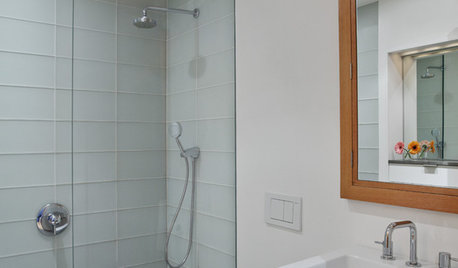
BATHROOM DESIGNConvert Your Tub Space to a Shower — the Planning Phase
Step 1 in swapping your tub for a sleek new shower: Get all the remodel details down on paper
Full Story
BATHROOM DESIGNHow to Settle on a Shower Bench
We help a Houzz user ask all the right questions for designing a stylish, practical and safe shower bench
Full Story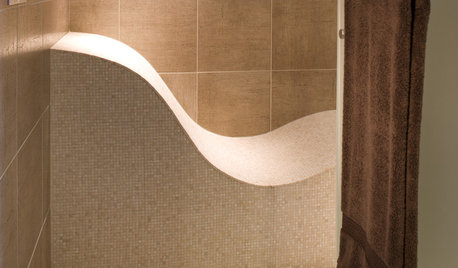
REMODELING GUIDESTop 10 Tips for Choosing Shower Tile
Slip resistance, curves and even the mineral content of your water all affect which tile is best for your shower
Full Story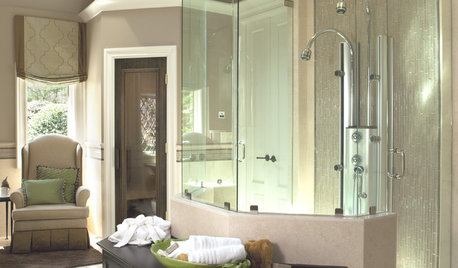
SHOWERS10 Stylish Options for Shower Enclosures
One look at these showers with glass block, frameless glass, tile and more, and you may never settle for a basic brass frame again
Full Story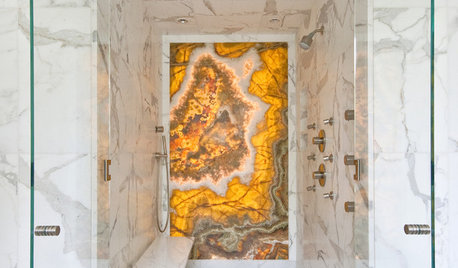
BATHROOM DESIGNHow to Build a Better Shower Curb
Work with your contractors and installers to ensure a safe, stylish curb that keeps the water where it belongs
Full Story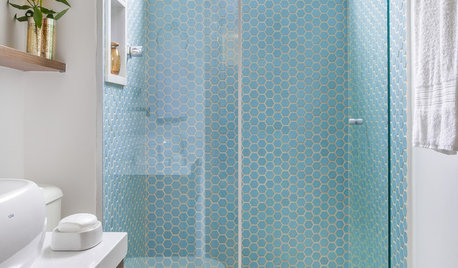
SHOWERSShower Design: 13 Tricks With Tile and Other Materials
Playing with stripes, angles, tones and more can add drama to your shower enclosure
Full Story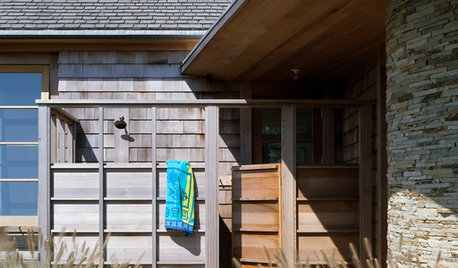
GREAT HOME PROJECTSHow to Add an Outdoor Shower
New project for a new year: Experience bathing in a whole new light with a shower in the fresh air
Full Story



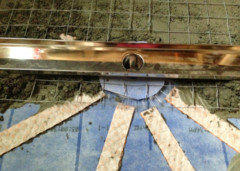

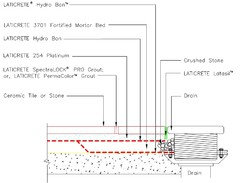
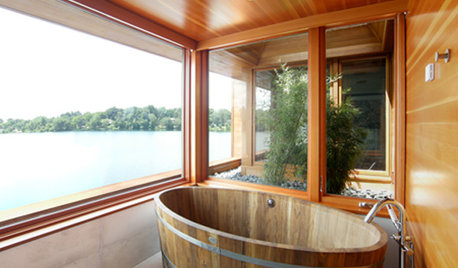
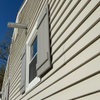

Mint tile Minneapolis